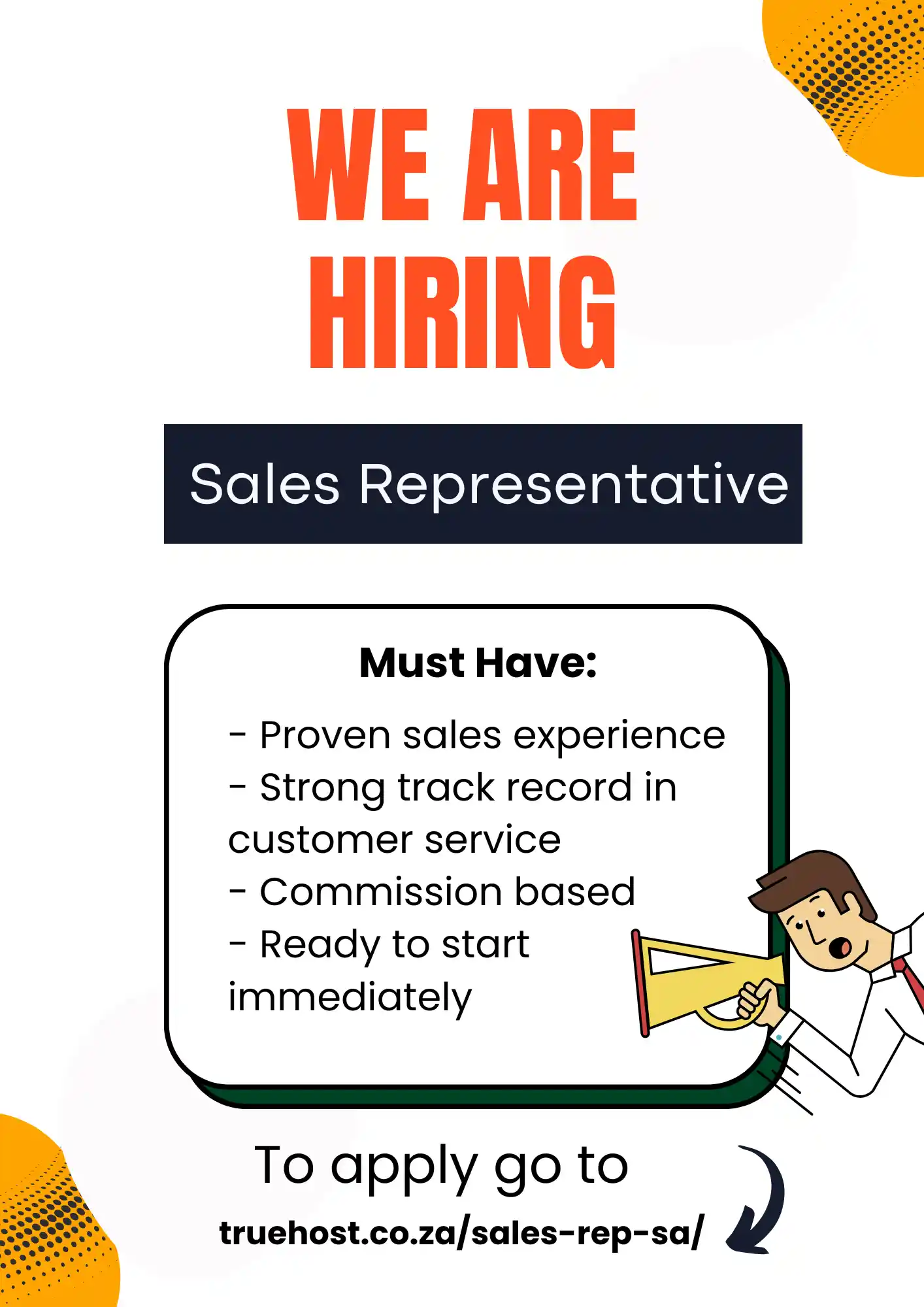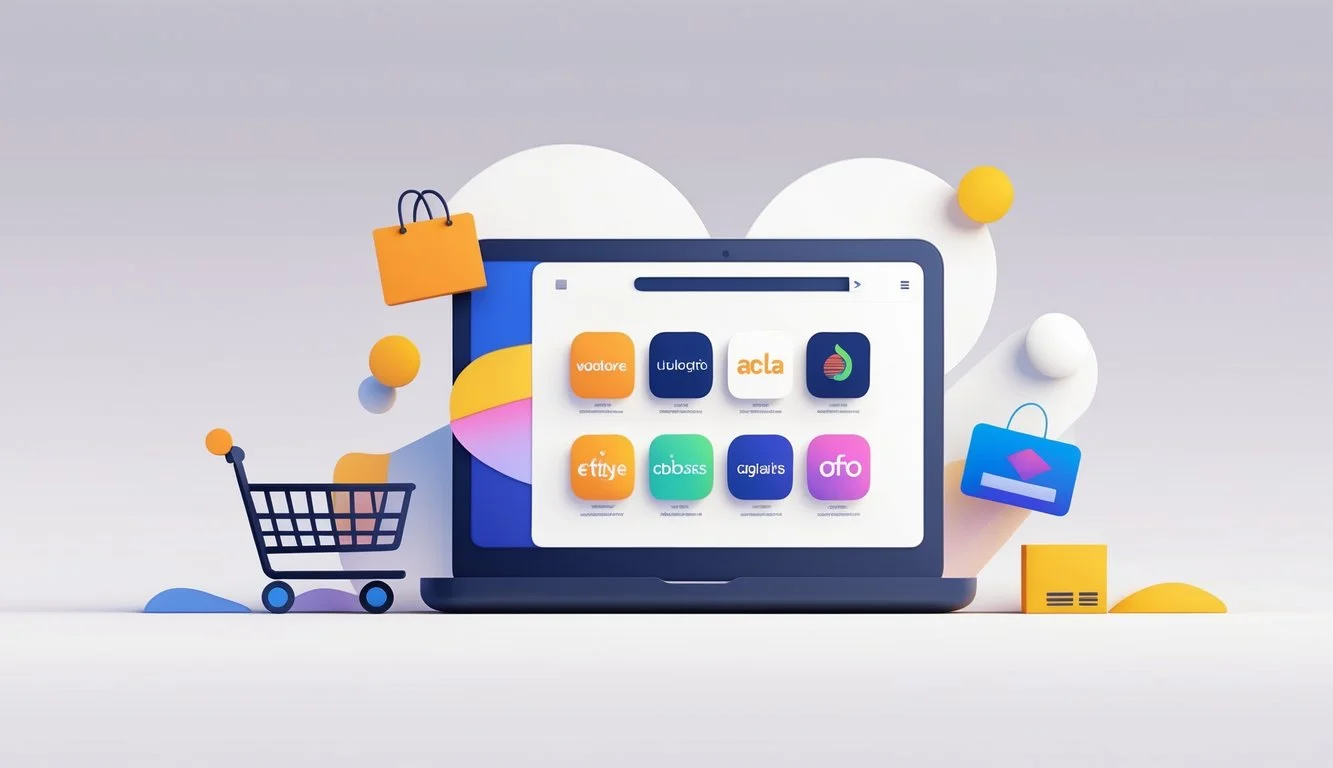If you are not constantly improving your website, it is probably falling behind. Your users are accessing information in new, faster ways every day.
They expect websites to be responsive, mobile-friendly, and packed with features that make their lives easier. If your site doesn’t meet these standards, you risk losing users to your competitors.
Users today have very little patience for sites that aren’t user-friendly. It’s not enough to just load your site with awesome content and a great design; if it isn’t organized effectively and user-friendly, they won’t stick around long enough to notice those things anyway!
That means you need to find ways of constantly improving your website so that it stays up-to-date with current best practices and standards.
Table of Contents
1). Constantly Ask Your Users What They Want
Asking your users what they want and need on your site will give you insight into which features need updating and which you should add to meet the needs of your target audience.
Start with usability tests to see where your customers are running into issues on your site and what they like/don’t like about the site overall.
For example, you can do a usability test by setting up a one-page prototype of your site and interviewing your customers about their experience: what they like, what they don’t, etc.
Another option is to do a remote usability test where you invite people to visit your site, record their experience and then later review the recording to see where they are running into issues.
What else can you ask your users?
Try finding out:
- How often do they visit your site? What is their intended purpose for visiting?
- What devices do they use to access your site most often?
- What do they like about your site and what would they change?
- What are their pain points?
- What are the most important things they want to find on your site?
- What information would they like to find more easily?
- What is the best content on your site, and what do they wish wasn’t there?
2). Freshen the Content Regularly
The best websites here in South Africa are always changing. Believe it or not, fresh content is one of the best ways to increase engagement on your site.
Keep in mind that fresh content doesn’t just mean new articles—it means updating and refreshing your existing content, too. This can include adding new research, more in-depth information, new sources, graphs, or charts, updating statistics to reflect the latest research, updating the format of your content, and adding video or audio.
You should also be thinking about how to keep your content fresh:
- What are the topics that people care about?
- What are the topics that might increase traffic to your site?
- What topics are not working on your site?
3). Don’t forget about SEO while you are improving
Even while you’re improving your site’s user experience, you should be thinking about SEO.
Your content should be optimized for your audience and their search terms, and you should be including keywords throughout your site.
And don’t forget about your URLs—it is important for them to be user-friendly, too.
Keep in mind that technology is always changing. The algorithms that determine how your site is ranked on Google change, too.
That means you need to make sure your site is up-to-date with the latest SEO best practices.
Keep up with the latest trends in SEO by reading the latest news, attending conferences, and reading articles about the latest changes.
4). Update Your Design to Current Standards
If your design isn’t up-to-date with current standards, it may be hurting your rankings and user experience.
Find out what the latest web design trends are and then decide if your site meets those standards. If it doesn’t, work on updating your design so that it does. Is your design responsive?
Do your images have alt text?
Are there any fonts you should avoid?
Are your buttons big enough?
Your design should be easy to navigate and simple. Your design should be consistent across your site—including your social media pages and emails. That means using the same fonts, images, and colors across your entire site.
Keep an eye on what other brands here in South Africa are doing in terms of design. You can also use design tools like Mockplus that let you design your site and then see how it will look on different devices.
5). Watch Responsiveness and Speed Constantly
You should always be watching for slow load times and broken links. If you don’t have a monitoring tool, you should start using one. This will allow you to keep an eye on your site in real time, rather than having to wait for the monthly report.
What are your page load speeds like? Are you seeing broken links?
If so, work on fixing them quickly. Websites that load quickly and work on any device have a significant leg up on the competition.
6). Monitor Your 404s
404s are a sign that something is wrong somewhere on your site. What is causing your 404s? Are you losing users because of 404s? If so, figure out why and fix it!
7). Test Your Call to Action Buttons
You should always be testing your call-to-action buttons.
These are the buttons you want people to click.
If you don’t have any call-to-action buttons, then your site is missing a vital part of its success.
What is your site trying to accomplish? What do you want visitors to do?
Consider testing things like button size, color, shape, placement, and copy. Try different things to see what works best for your site.
8). Are You Tracking Your Visitors?
If you aren’t tracking the information coming into and leaving your website, then you are missing out on some valuable data. This data can help guide future decisions about what your website should look like and what kind of content it should contain.
The right analytics tools will help you track things like:
- How much traffic is coming into your site? From where?
- Are certain pages getting more views than others?
- Are these views converting into sales or leads?
- Are people sharing content with their friends or colleagues via social media or email?
- What are they saying about the content you’ve put on your site?
Tracking the data from your website will help you make better-informed decisions about what to add to your website and how to improve it.
If you aren’t tracking this data, then how can you really know if what you are doing is working?
10). Is Your Site Mobile-Friendly?
Google has announced that it is taking mobile-friendliness into account when determining search rankings. That means that if your site isn’t mobile-friendly, then it could negatively affect your position in search results.
Studies have shown that most people start their search for a product or service on their mobile phone, so having a responsive website (one that adjusts to different screen sizes) is important for driving more traffic and getting more conversions.
You can test the speed of your site using Google PageSpeed Insights here: https://developers.google.com/speed/pagespeed/insights/.
If yours doesn’t perform well, there are several free tools available that can help optimize it (check out this list at fastestblogonline.com). But don’t wait until Google forces you to make these changes; get ahead of the curve now!
Bottom line
Keeping your site up-to-date is an essential part of any online marketing strategy. Users expect quick load times, easy navigation, and relevant, up-to-date content.
If you don’t keep up with the latest trends, you risk losing users to your competitors. That’s why you need to be constantly improving your website so that it stays up-to-date with current best practices and standards, and keeps your users engaged and coming back for more!
Remember also, that the performance of your website largely depends on your hosting.










